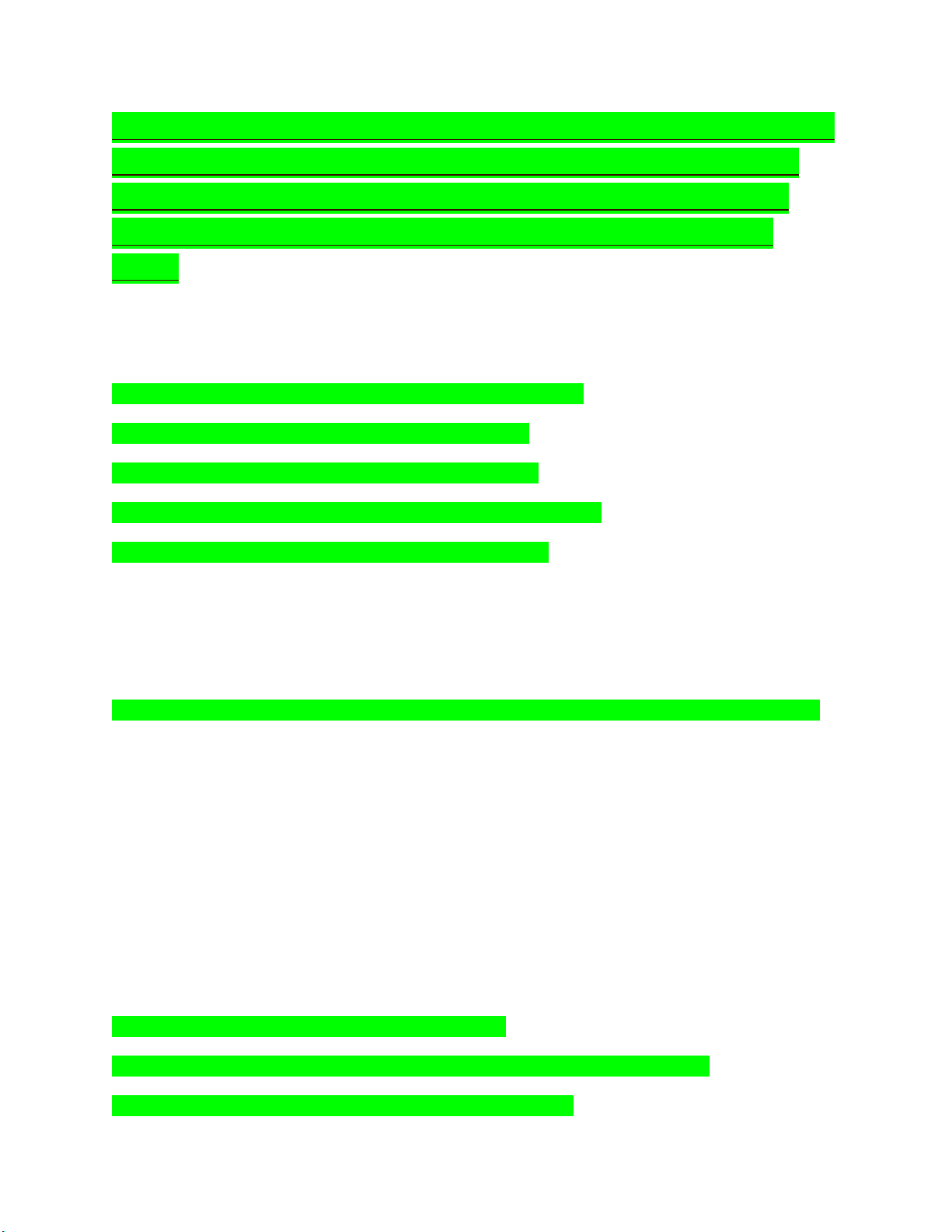
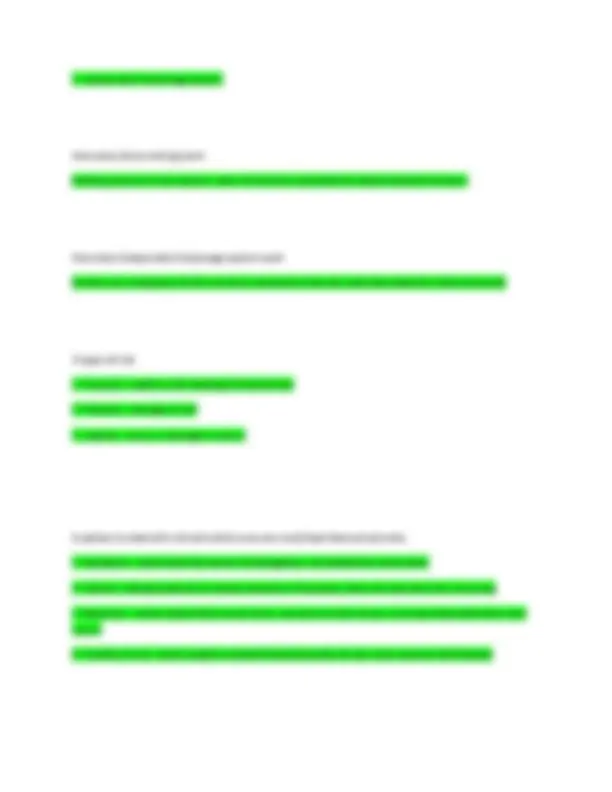
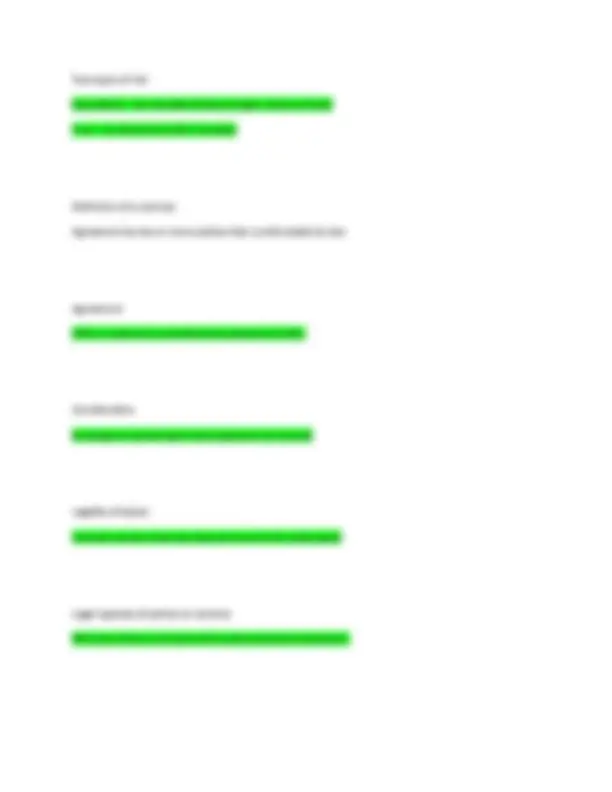
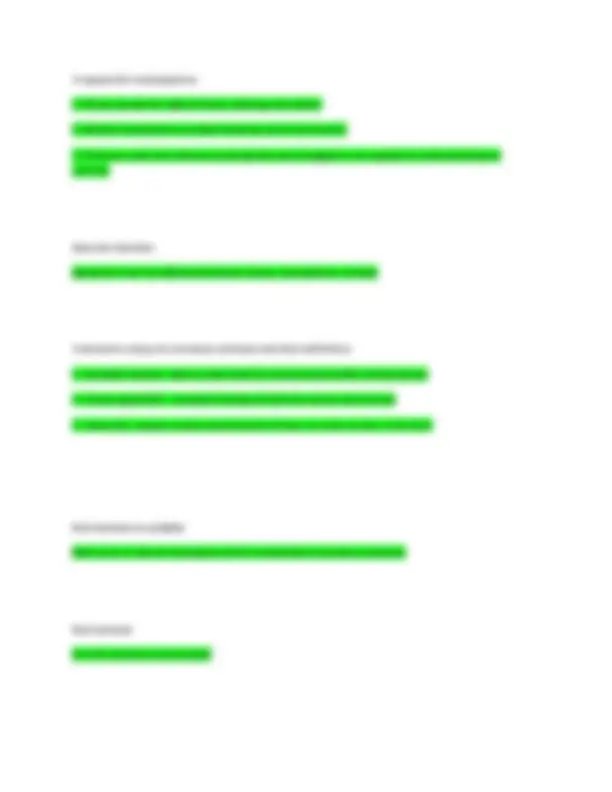
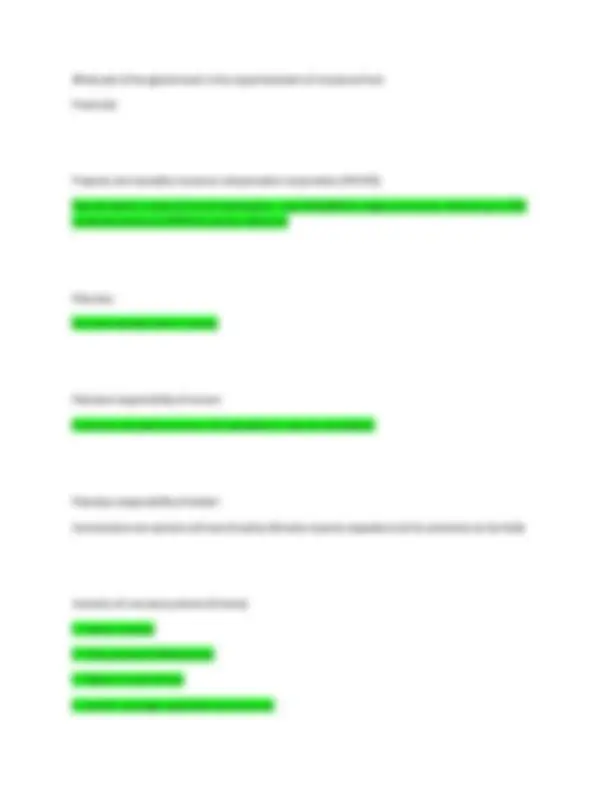
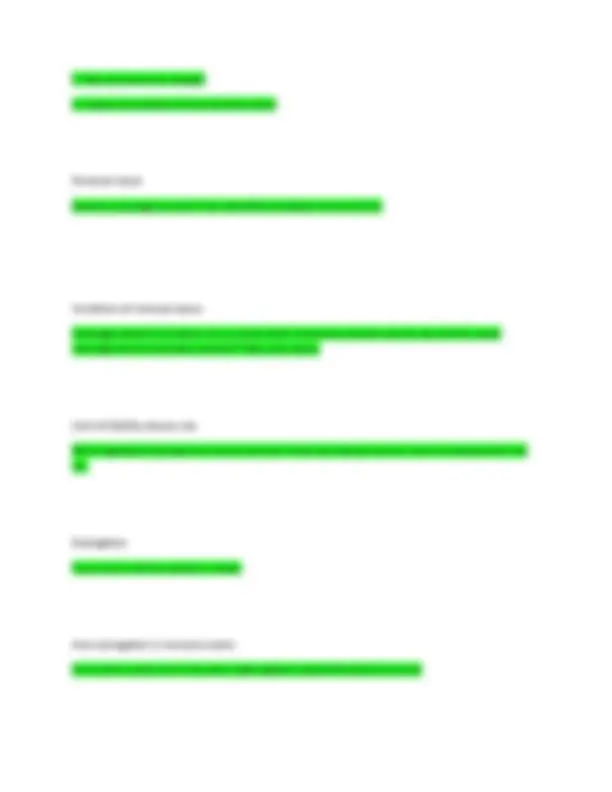
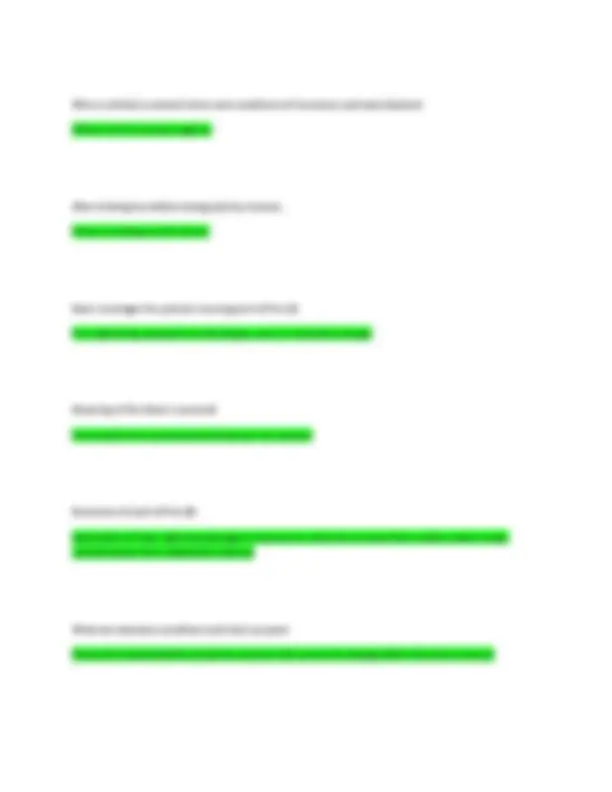
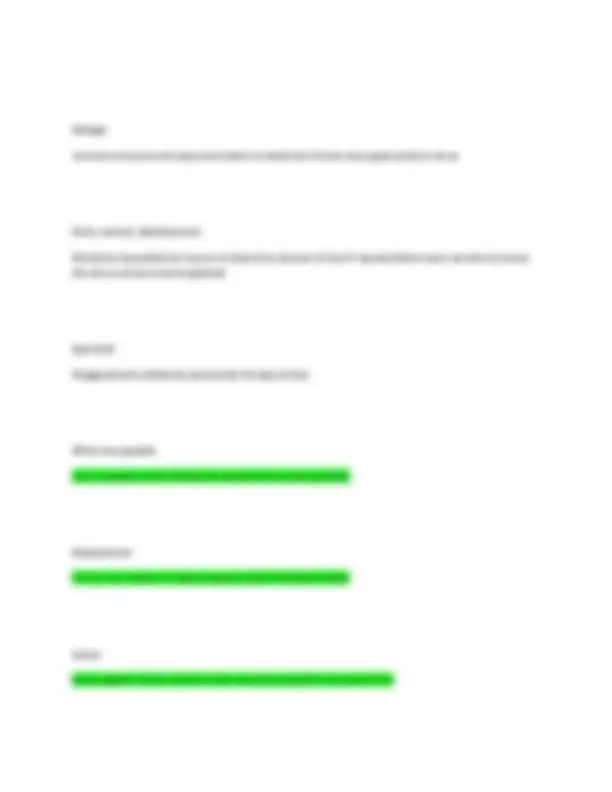
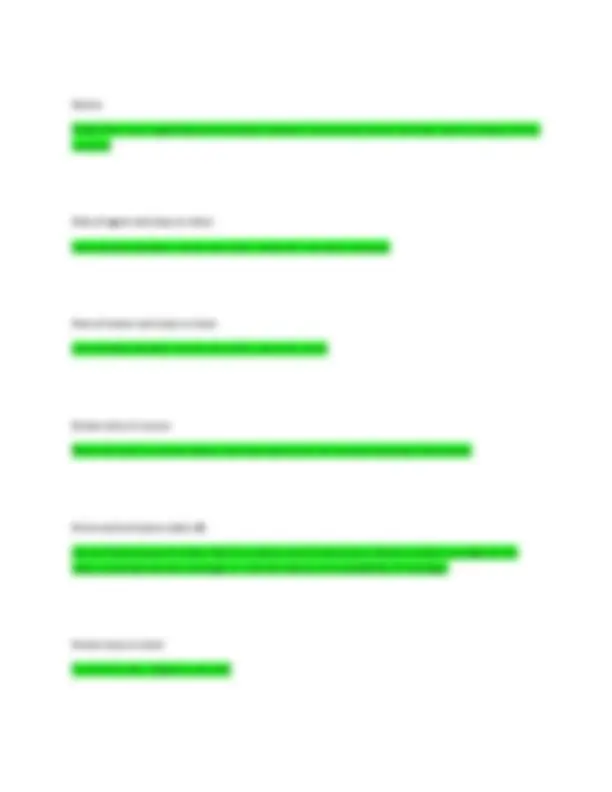
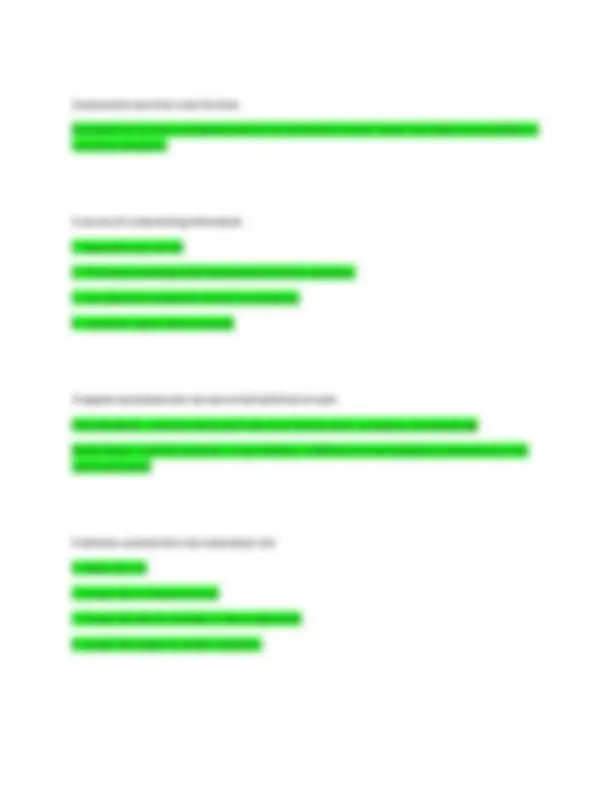

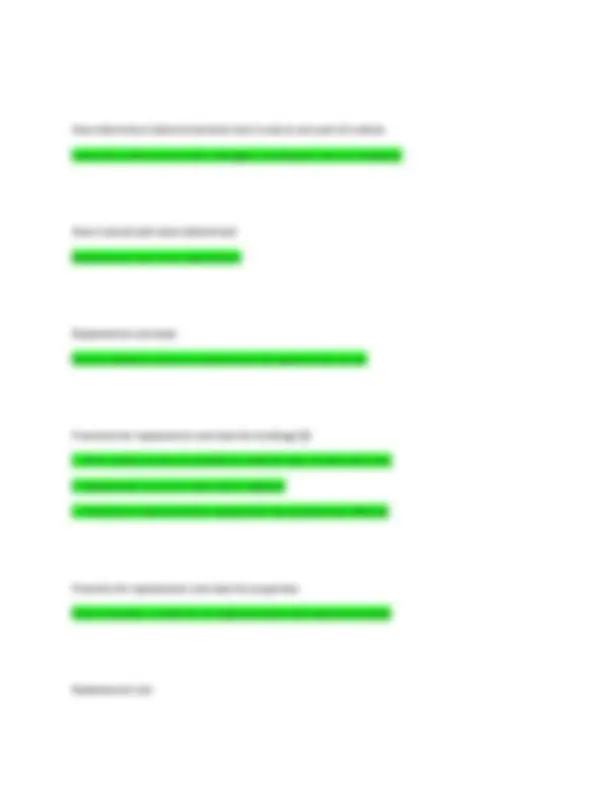
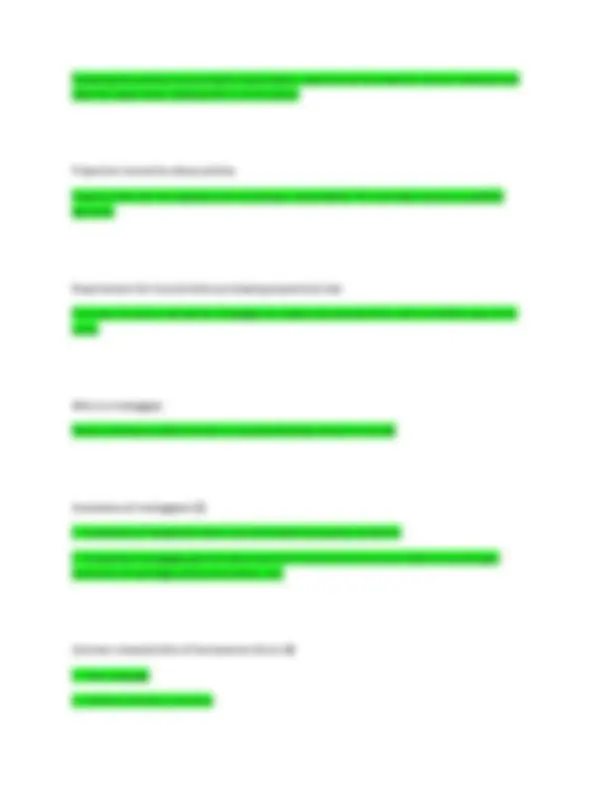
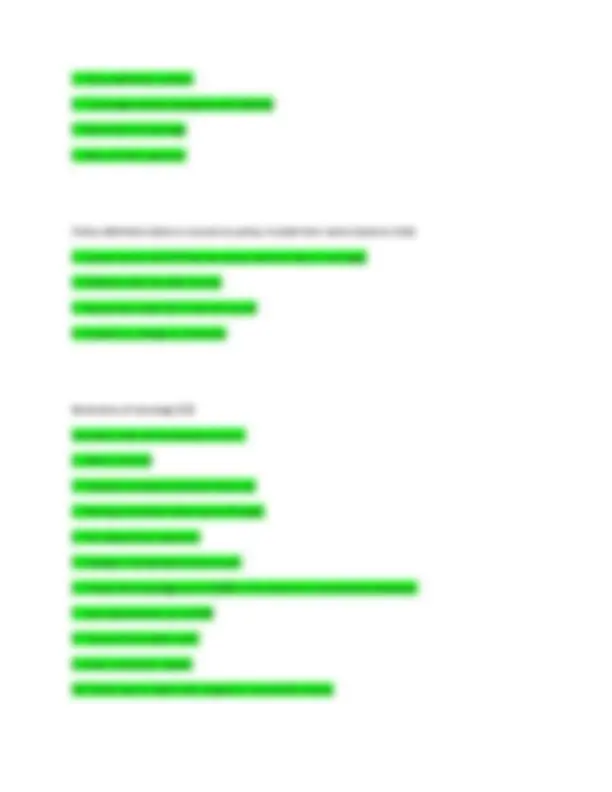
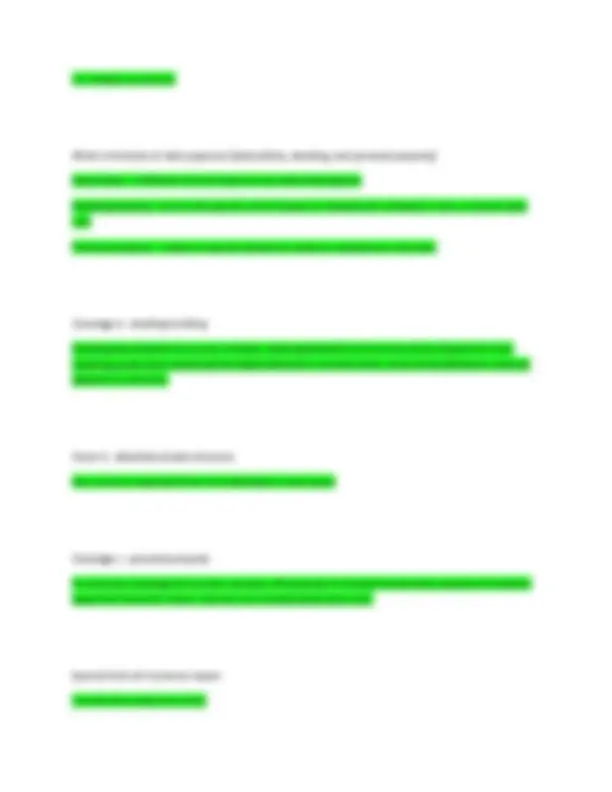
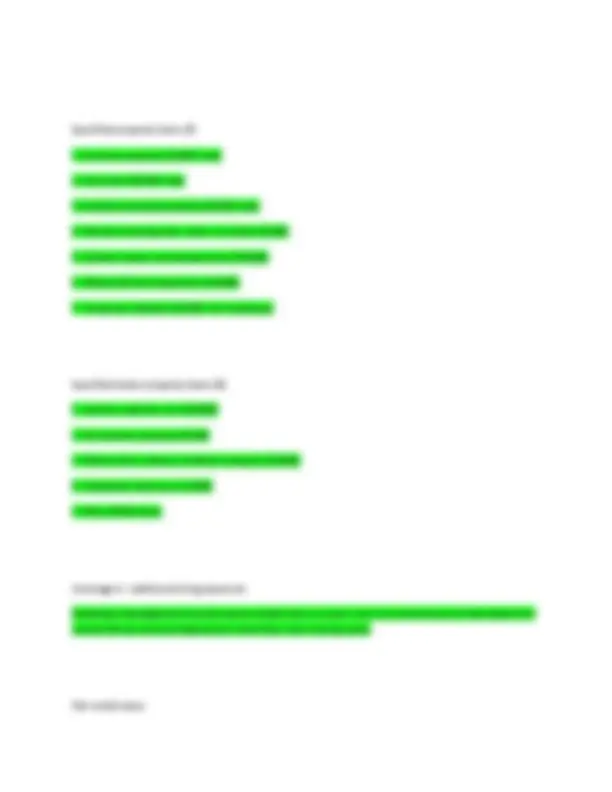
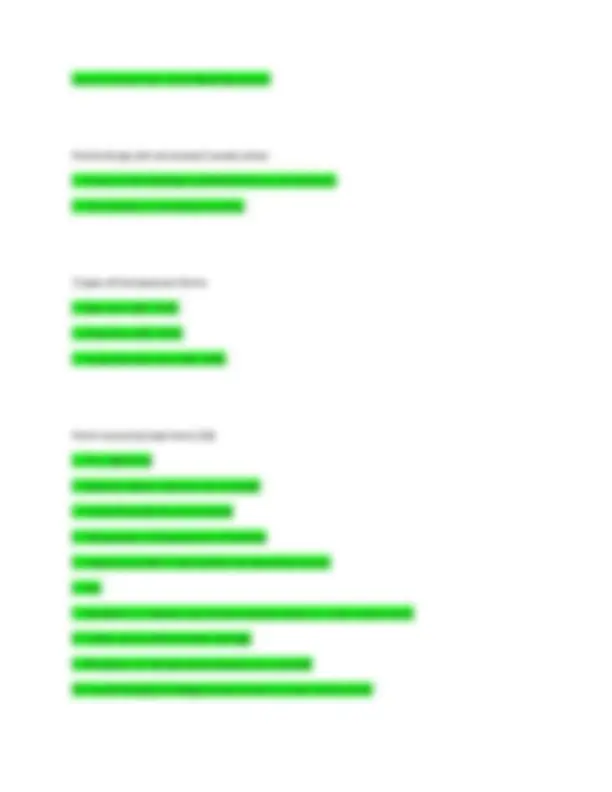
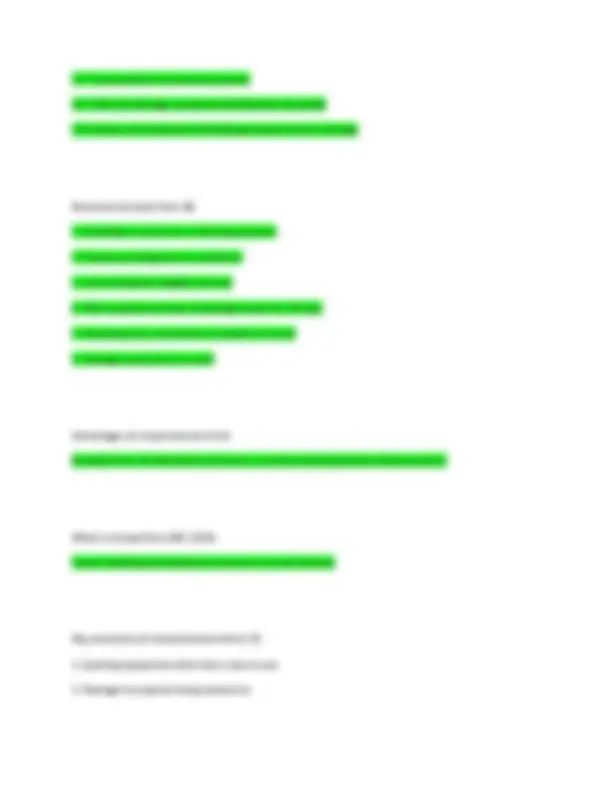
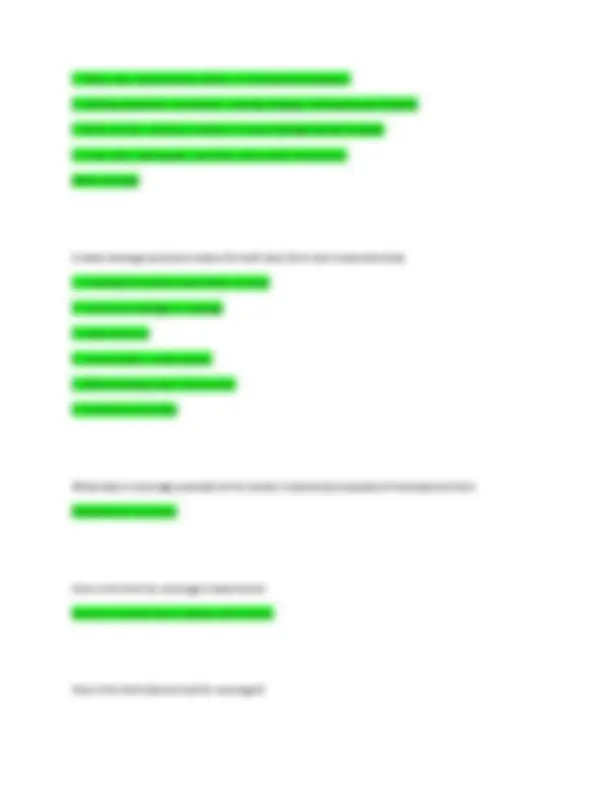
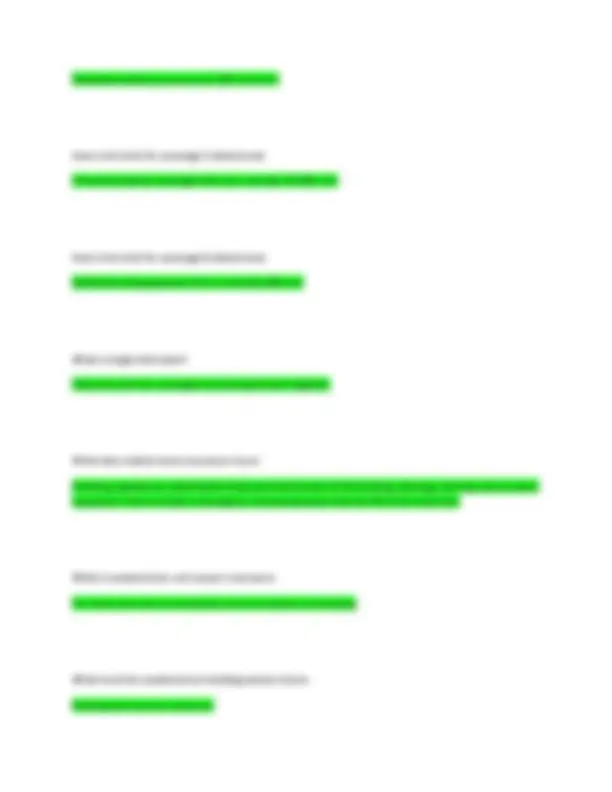
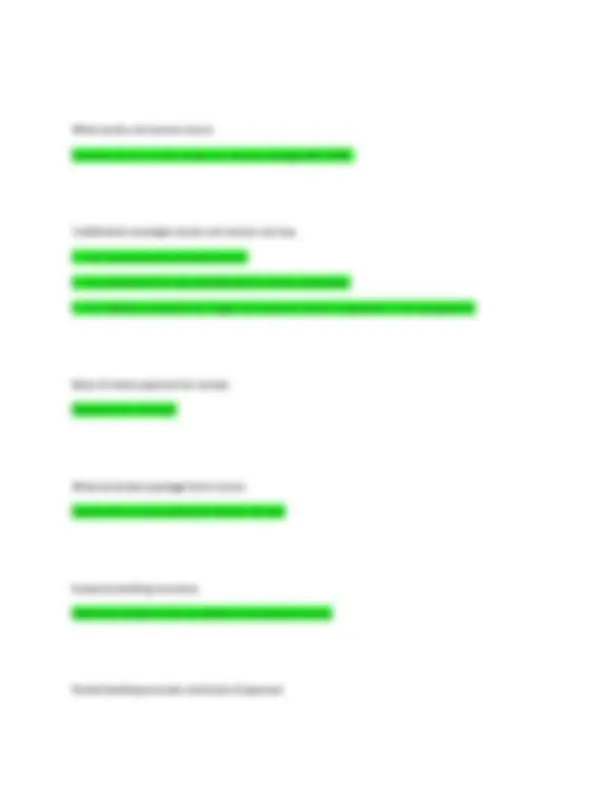
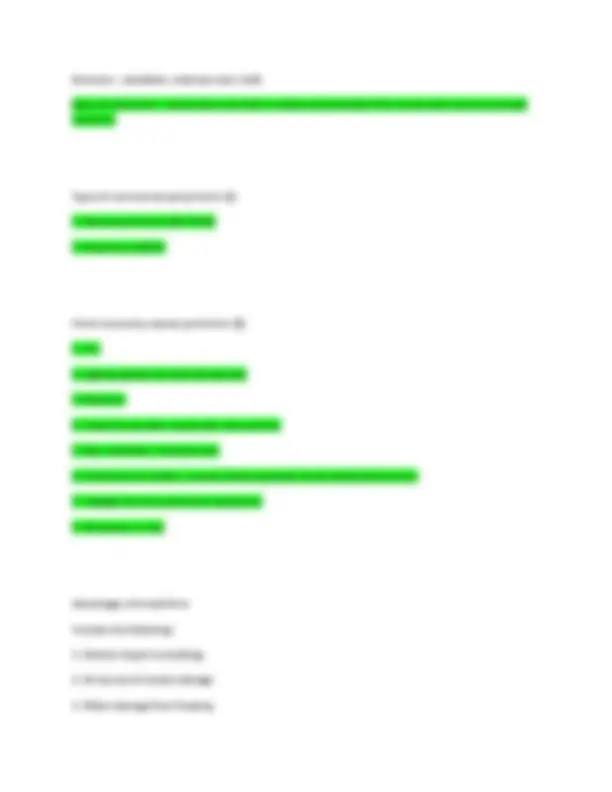
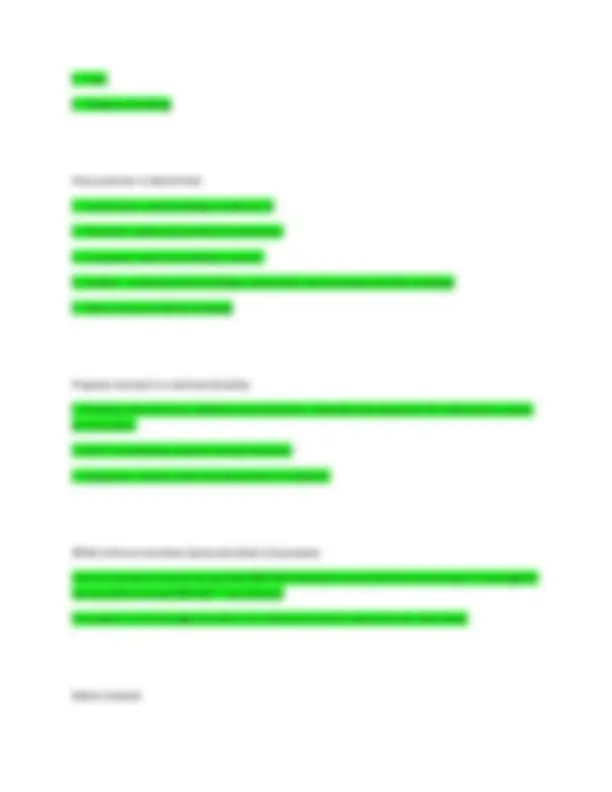
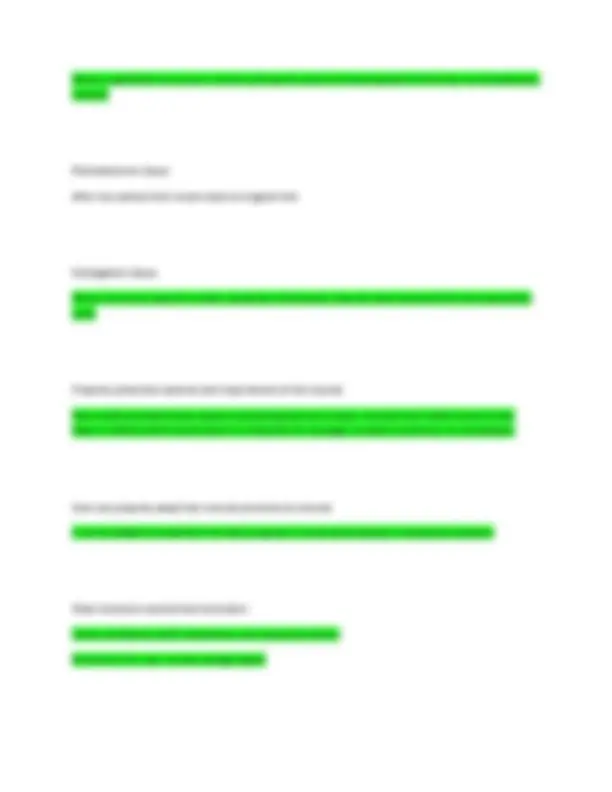
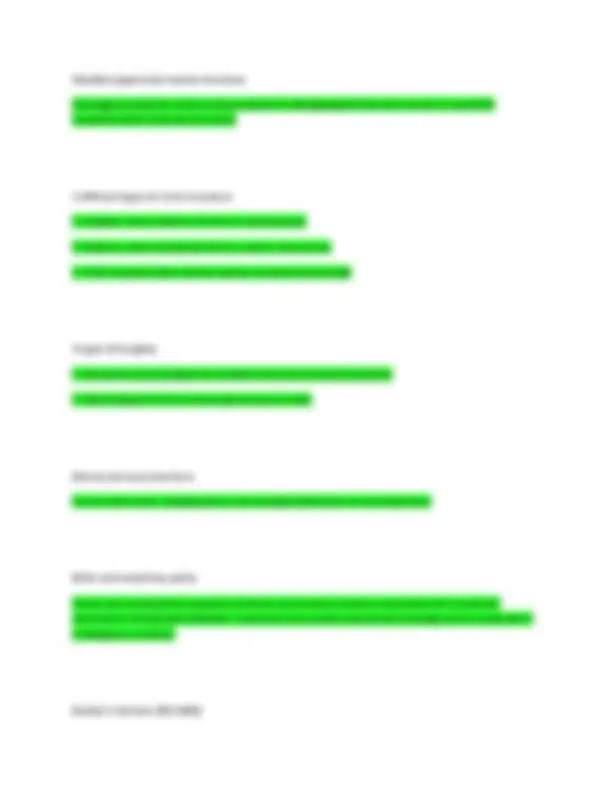
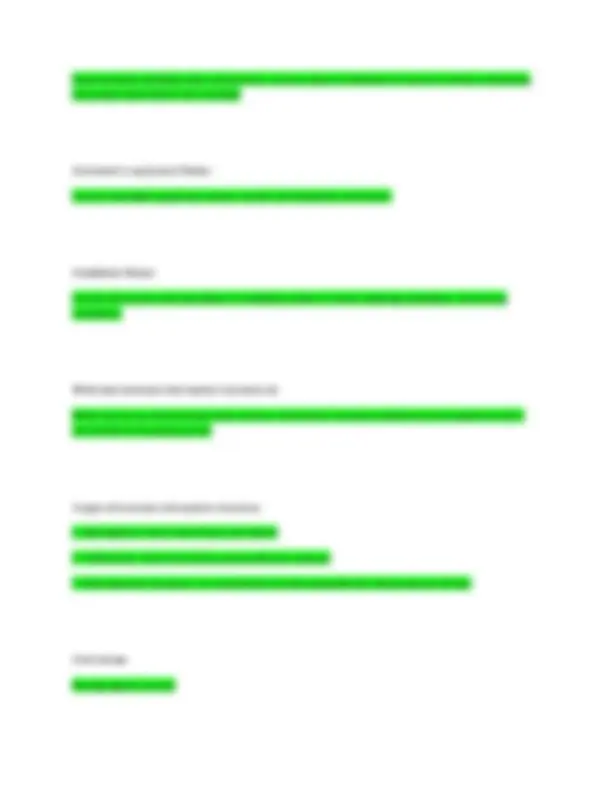
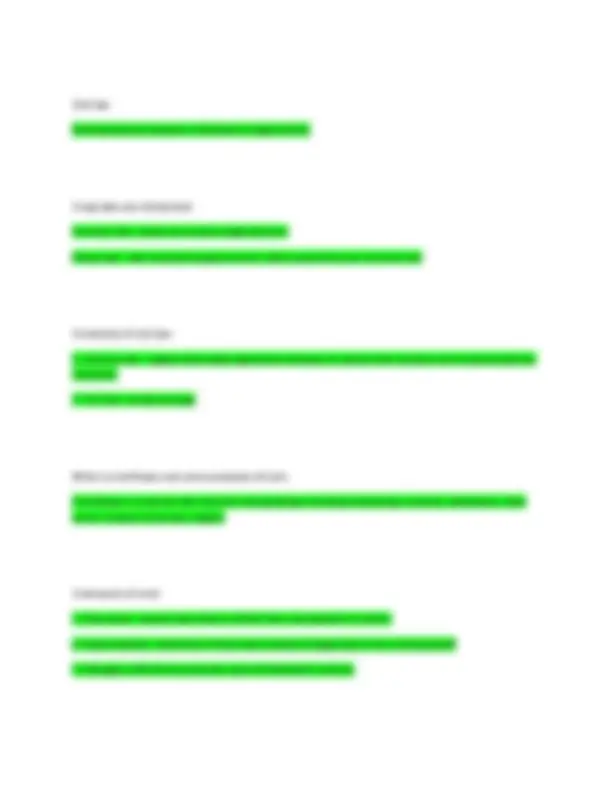
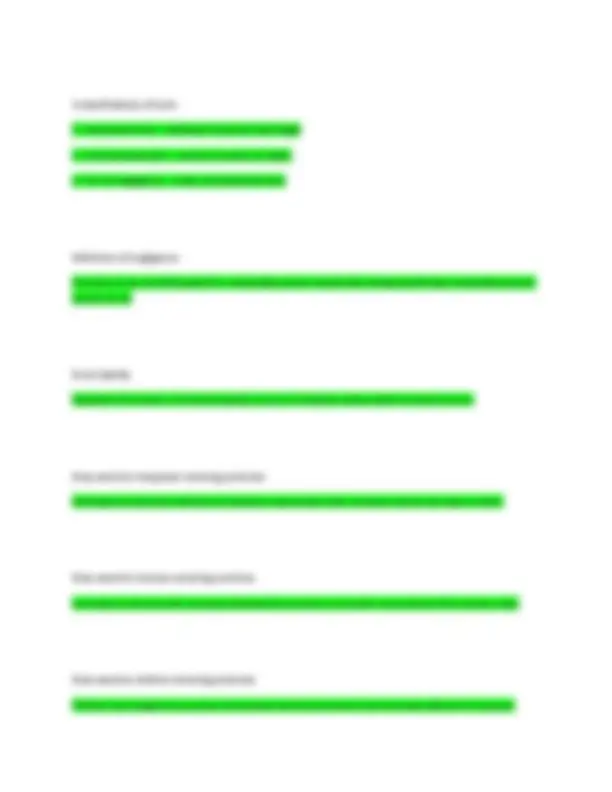
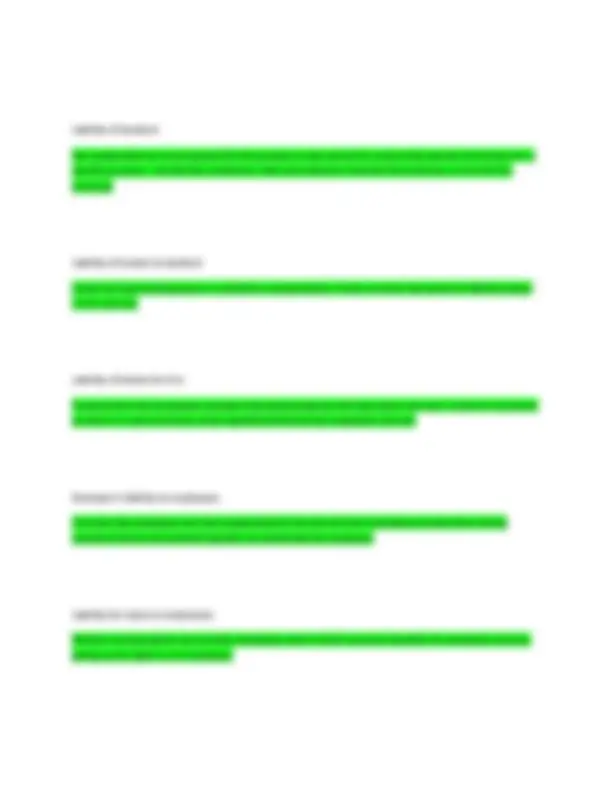
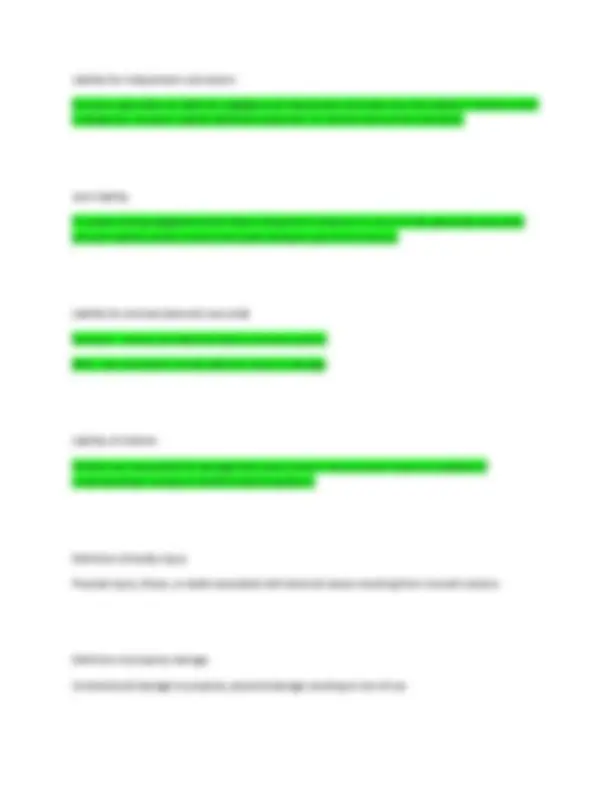
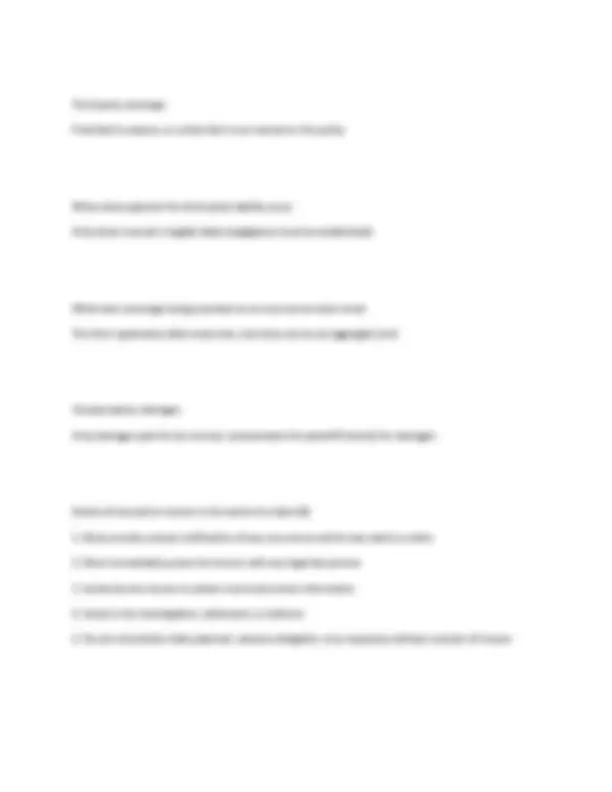
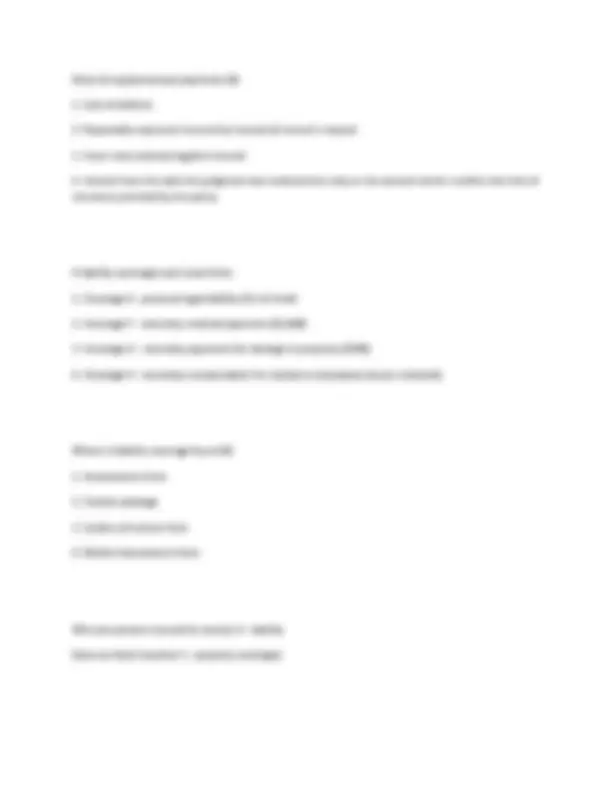
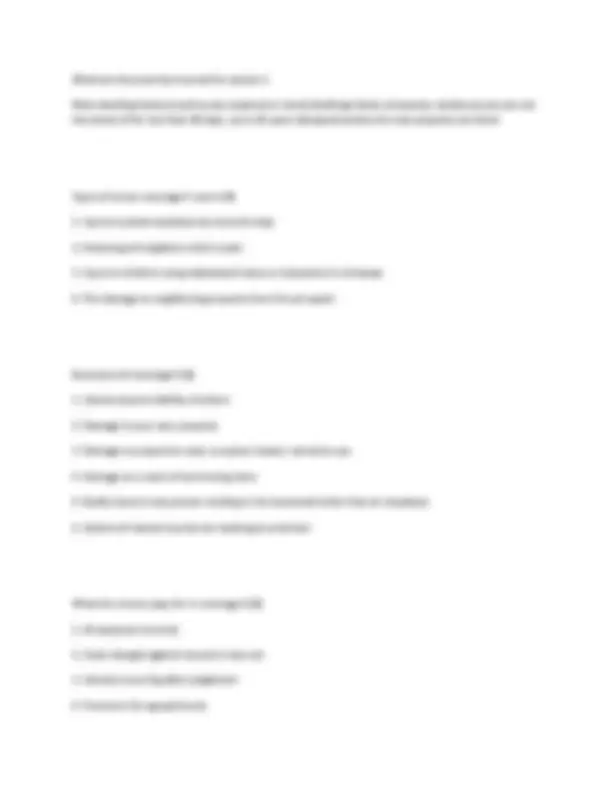
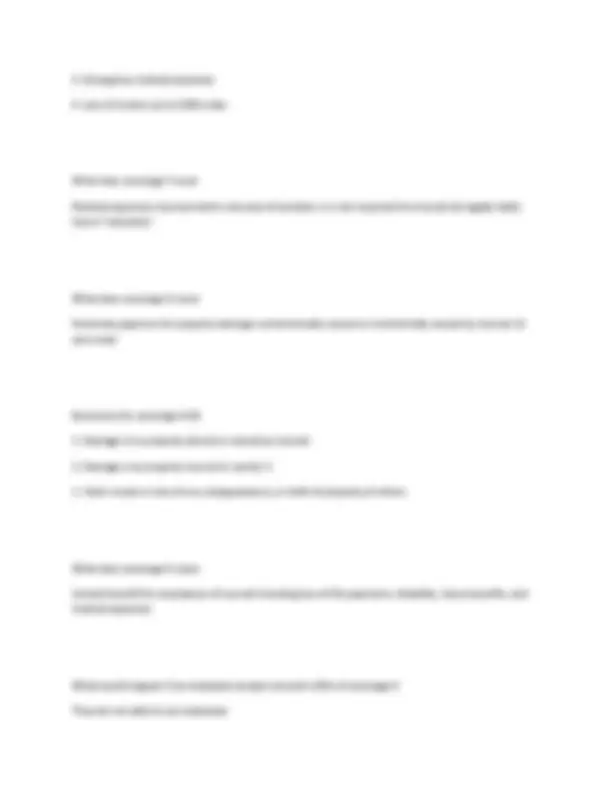
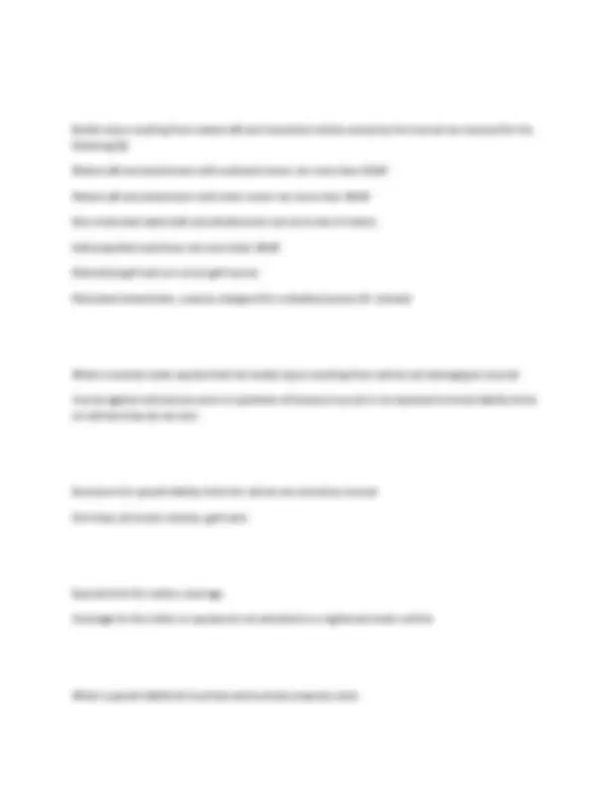
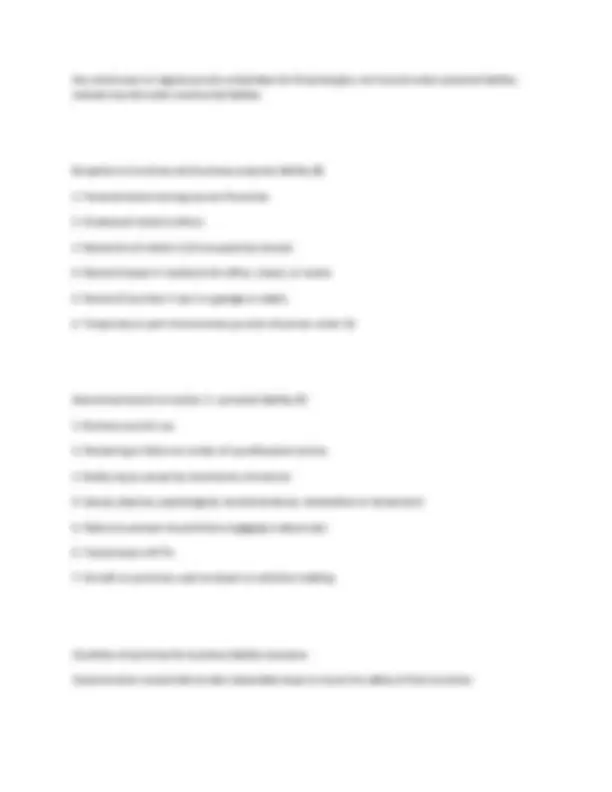
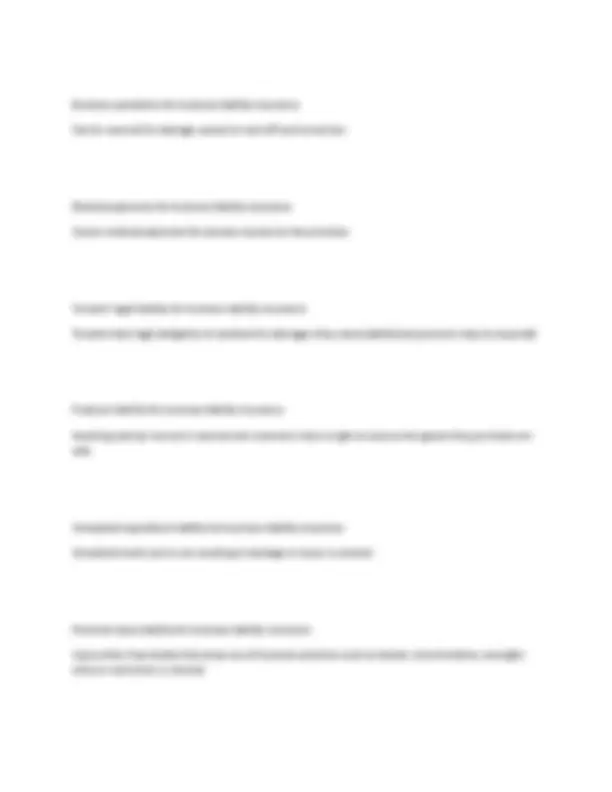
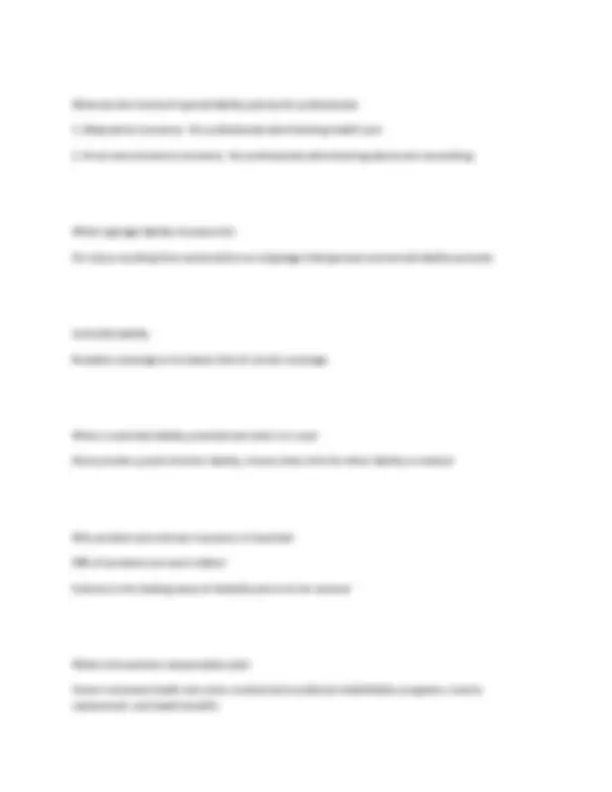
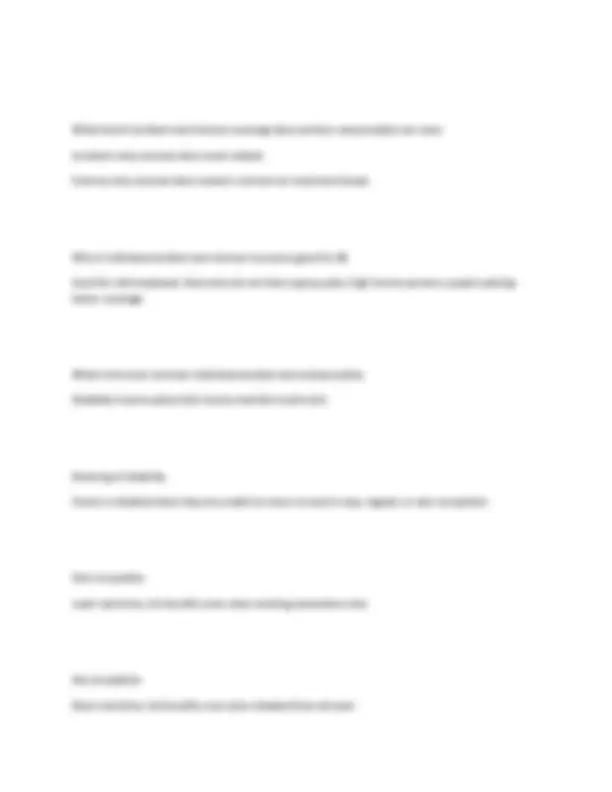
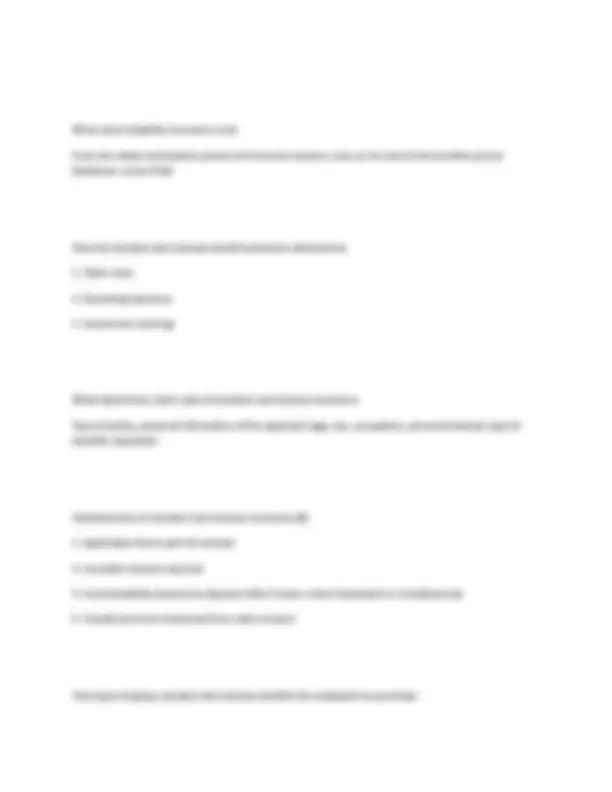
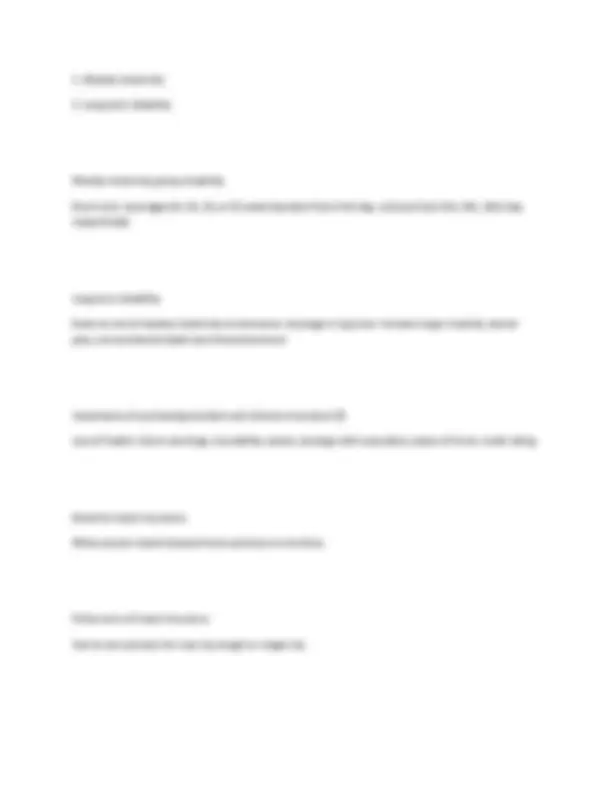
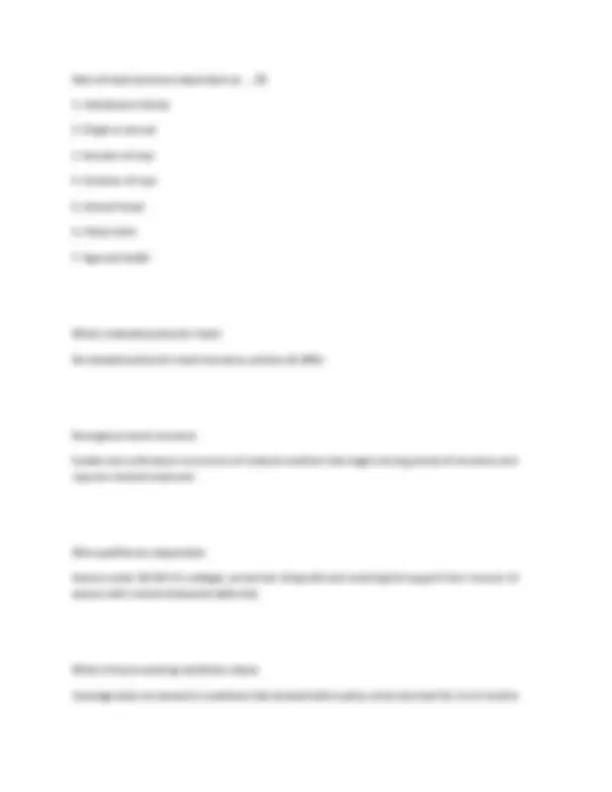
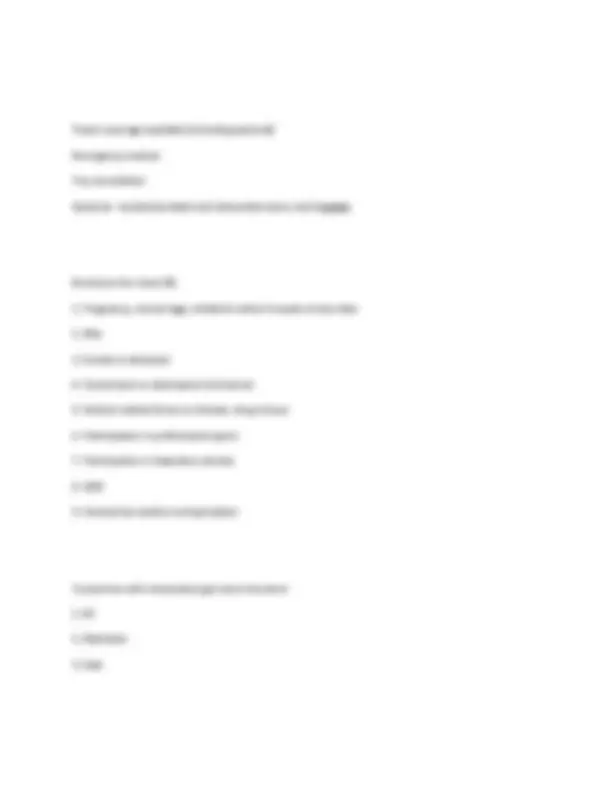

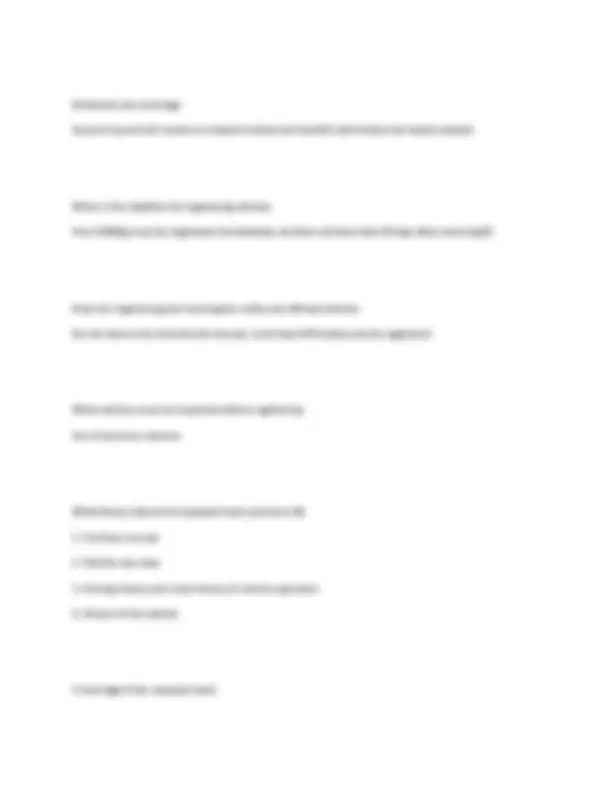
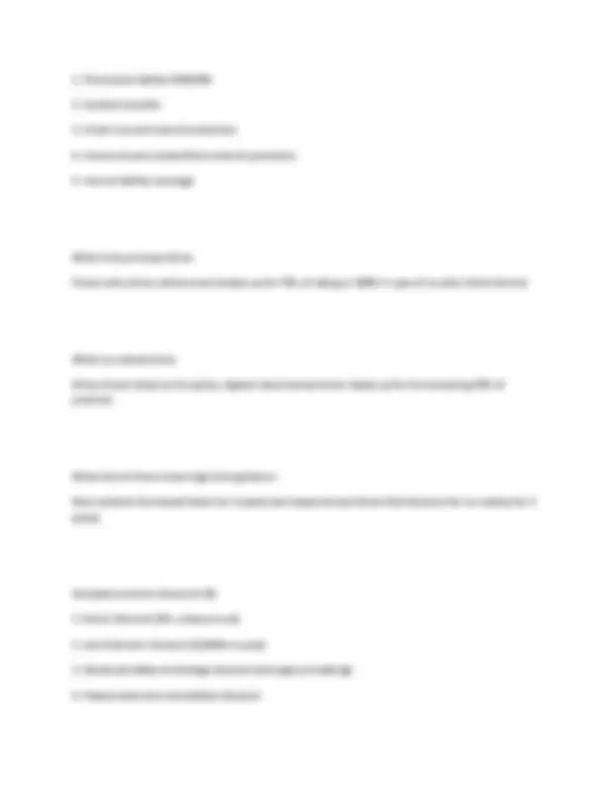
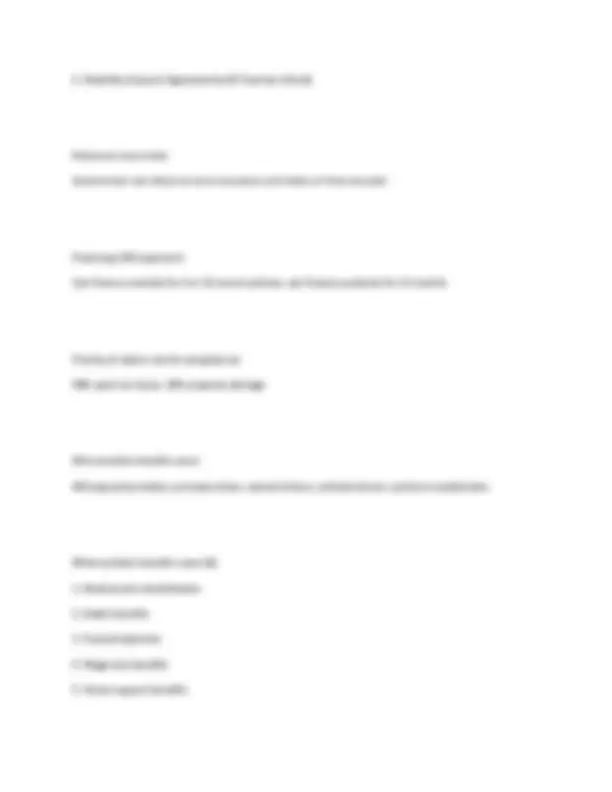
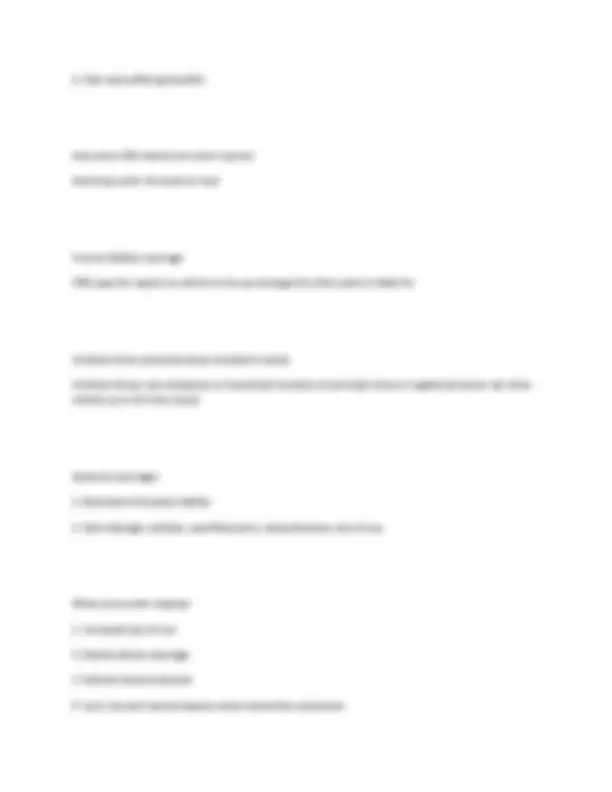
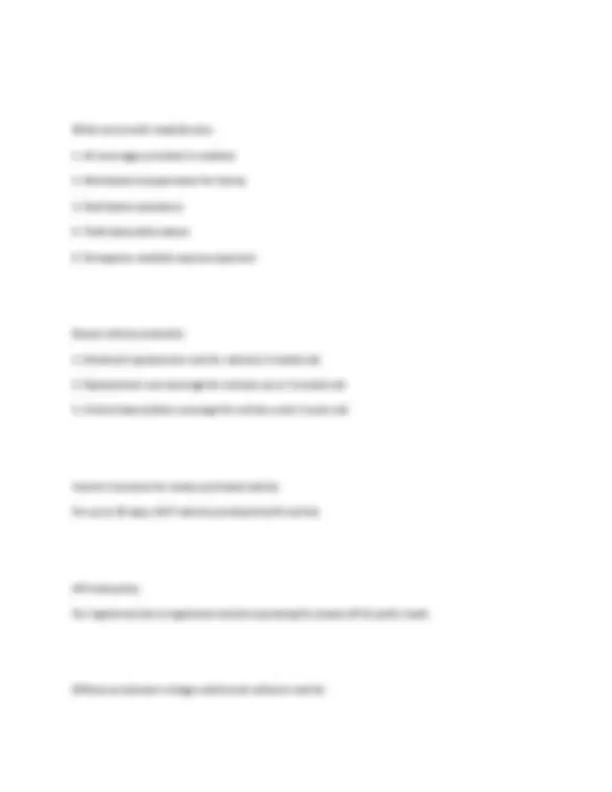
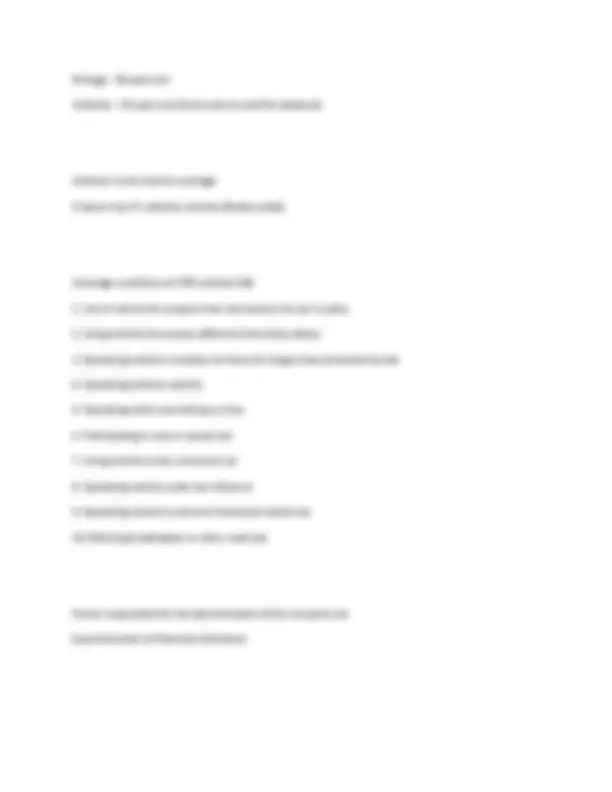
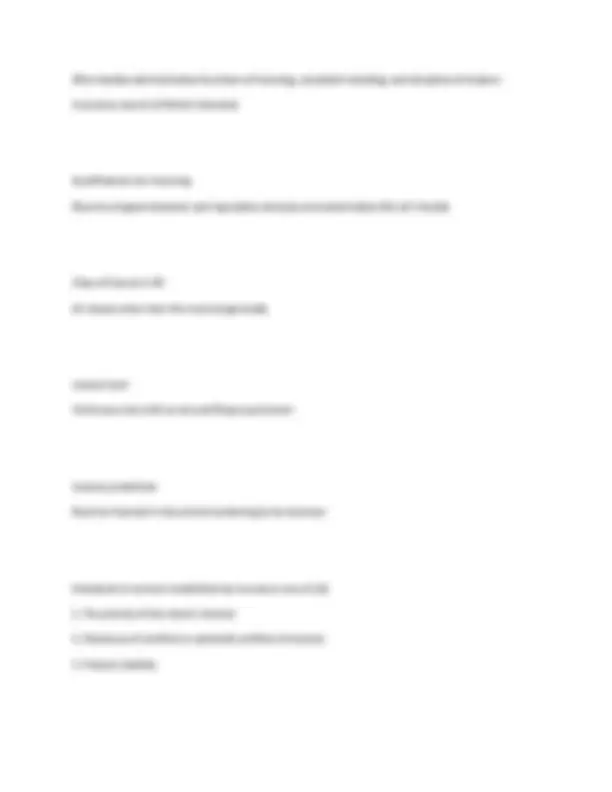
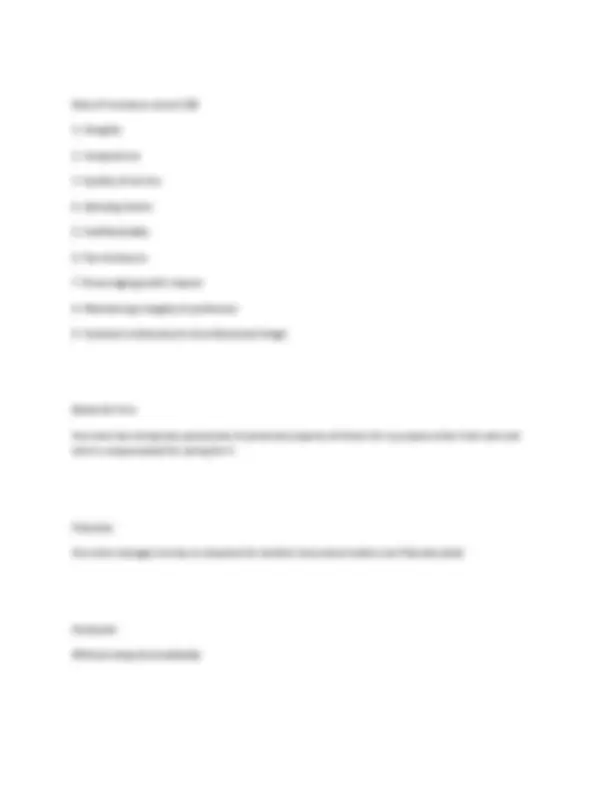
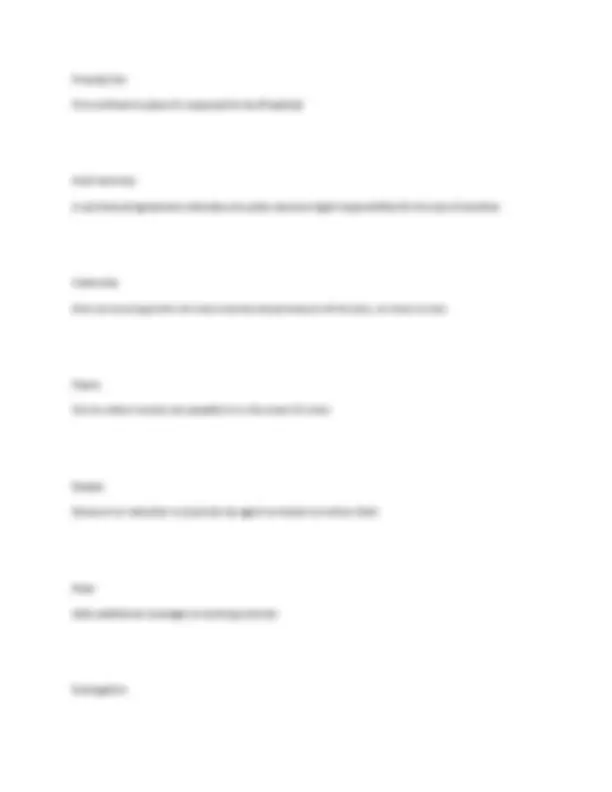
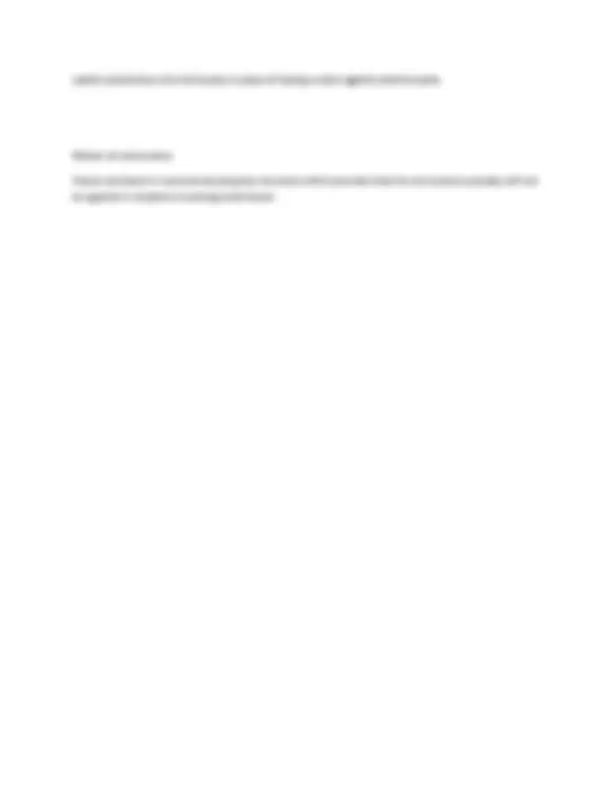


Study with the several resources on Docsity

Earn points by helping other students or get them with a premium plan


Prepare for your exams
Study with the several resources on Docsity

Earn points to download
Earn points by helping other students or get them with a premium plan
Community
Ask the community for help and clear up your study doubts
Discover the best universities in your country according to Docsity users
Free resources
Download our free guides on studying techniques, anxiety management strategies, and thesis advice from Docsity tutors
Fundamentals to Insurance Entrance Exam 2025-2026 WITH COMPLETE QUESTIONS AND CORRECTLY WELL DEFINED ANSWERS WITH RATIONALES 100% GUARANTEED PASS EXAM 2025- 2026/ Fundamentals to Insurance Entrance Exam
Typology: Exams
1 / 61

This page cannot be seen from the preview
Don't miss anything!






















































5 important points in the definition of insurance
Two types of risk Speculative - not insurable (chance of gain, chance of loss) Pure - no chance for profit, insurable Definition of a contract Agreement by two or more parties that is enforceable by law Agreement Offer is made and unconditional acceptance of offer Consideration Exchange of something of value (payment by insured) Legality of object Contract cannot break any laws and must be for public good Legal capacity of parties to contract Will only enforce contracts where parties deemed competent.
3 reasons for incompetence
Endorsement/rider Acknowledges change IN the original contract Floater Additional coverage for property with high mobility Separate policies Adds additional coverage to main policy (earthquake, top-up, etc) Role of federal government in licensing Provided to companies that meet strict financial standards, monitored by the superintendent of financial institutions 3 roles of provincial government
What part of the government is the superintendent of insurance from Provincial Property and causality insurance compensation corporation (PACICC) Pays all claims in cases of insurer bankruptcy - max $250,000 for single occurrence, refunds up to 70% unearned premiums ($700 per policy maximum) Fiduciary One who handles other's money Fiduciary responsibility of insurer Premiums not paid to insurer until expiration in case of cancellation Fiduciary responsibility of broker Commissions not earned until end of policy (Ontario requires separate trust for premiums to be held) Contents of insurance policies (6 items)
Who is entitles to amend terms and conditions of insurance contracts (waiver) Officer of the insurance agency After binding but before being paid by insured... Policy is binding on the insurer Basic coverages for policies insuring peril of fire (3) Fire, lightening, explosion of natural gas, coal, or manufactured gas Meaning of fire (that is covered) Only hostile fires (unintentional fires) are not covered Exclusions of peril of fire (4) Application of heat, lightning damage to electronics, electrical currents from sudden power surge, contamination from radioactive material What are statutory conditions and their purpose Duties and responsibilities of parties contract that cannot be changed after the policy is bound
What are the 15 statutory conditions
Salvage Insured must prove all steps were taken to avoid loss if there was opportunity to do so Entry, control, abandonment Would be impossible for insurer to determine amount of loss if representative were not able to access the site so access must be granted Appraisal Disagreements settled by assessment of value of loss When loss payable Loss is payable within 60 days of reported loss unless specifies Replacement Insurer can replace or repair property unless otherwise stated Action Action against insurer barred unless commenced within one year of loss
Notice Establishes rules regarding communication between insured and insurer and how communication will be received Role of agent and duty to client Intermediary between insurer and client, works for insurance company Role of broker and duty to client Intermediary between insurer and client, works for client Broker duty to insurer Must tell truth to insurers about risks they submit and not conceal important information Errors and omissions claim (4) Can be filed because of broker failure to advise client of exclusions, failure to place coverage (or too late), providing incorrect coverage, or incorrect advice as to availability of coverages Broker duty to client To exercise care, diligence, and skill
Types of risks rated by brokers Simple smaller business applications have a rate sheet for broker, rate manuals provided by underwriters for personal property Types of risk rated by underwrtiers More complex commercial risks Why is the attitude of the broker important The claim may be insignificant to broker but not to client, hence why they submitted a claim 2 steps of adjusting a claim
How indemnity is determined when loss is only to one part of a whole Indemnity confined to the part damaged, including the cost of installation How is actual cash value determined Replacement cost minus depreciation Replacement cost basis Must be added to policy as endorsement and approved by insurer Provisions for replacement cost basis for buildings (3)
Replacing loss without accounting for depreciation, payment will be made for costs of materials and labor for repair when replacement is not an option Properties insured by values policies Property that can't be replaced such as antiques, memorabilia. This normally requires a qualified appraiser Requirements for insured when purchasing property by loan Purchase insurance naming the mortgagee as a payee and provide them with a certified copy of the policy Who is a mortgagee Anyone having insurable interest in property (lending money to insured) Guarantees of mortgagees (2)